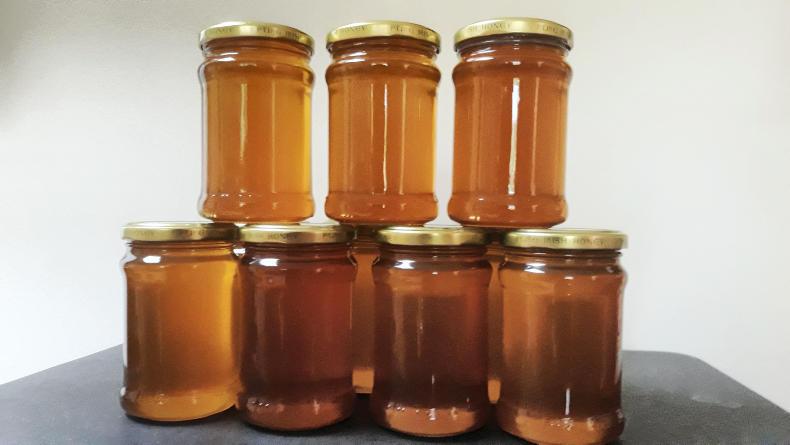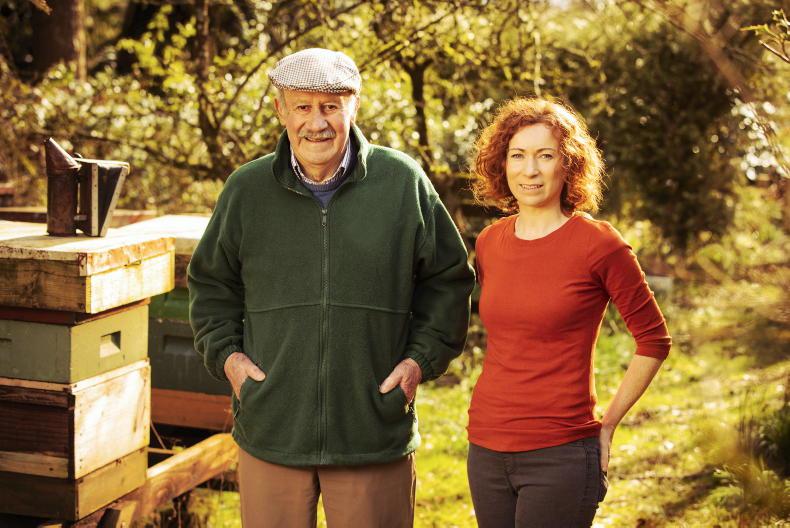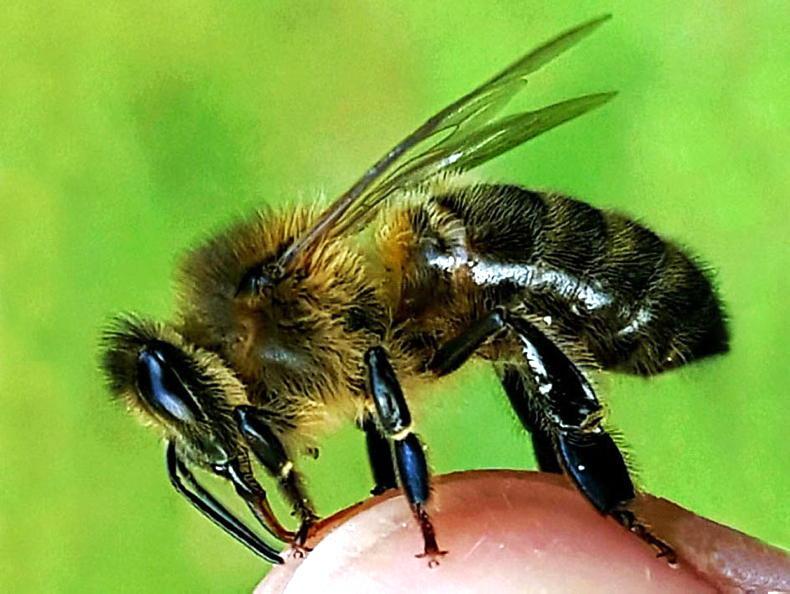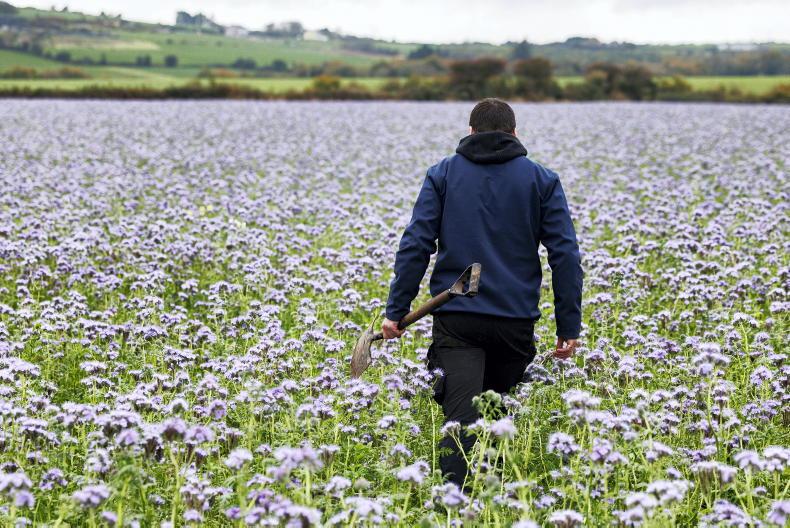It will take a lot more than a spoonful of honey to sweeten the sour taste of a disappointing honey season.
The early part of the main honey flow looked so promising that it was almost too good to be true. Bees had a wonderful run right from spring to the start of the clover and bramble flowers. Clover and bramble were yielding excellent quantities of nectar – and then the weather broke. Beehives were packed with bees and no incoming food supply, forcing bees to dig into their stored surplus honey. It is this stored honey that beekeepers remove for the market. Colonies with vast numbers of bees consumed a large portion of their surplus honey, leaving very little for harvesting by the beekeeper.
Ling honey
As I write, beekeepers hoping to get a crop of the much sought after ling heather honey may experience the same fate. The first week of the ling coming into bloom was excellent, with high temperatures and high humidity, conducive to nectar production in this plant. Alas, the weather broke again, with litle improvement as the final week of August flitters away. Even if conditions improve, the nectar yield, which is short-lived, may have passed, despite the fact that the blooms will last for many weeks.
Once the honey crop has been removed from the hives, the bees are fed sugar syrup to replace the honey removed by the beekeeper. This is standard practice, ensuring that the bees have a basic stock of food to see them through the winter months. Syrup can never replace honey as a natural food, but it is better they get it than allowing starvation later on.
Any surplus honey is most likely extracted by now. This process removes honey from the honeycombs. It is passed through sieves and filled into settling tanks for bottling.
Storage
Some beekeepers may store it in honey buckets for later processing or sale. Honey in the settling tank remains there for a couple of days to clarify, before it is bottled. Such honey is not pasteurised, as would be the case with large packers. This type of honey is known as raw honey. Filtration is not part of the ordinary beekeeper’s process. It is used to clarify honey, which removes much of the pollens. The more processing associated with honey, the more its quality is reduced. Raw honey from local beekeepers contains plant oils, pollens, minerals, vitamins, enzymes, aroma and flavour.
Honey is packed as a liquid, but over time, in the right temperature, will become cloudy as it begins to crystallise. This is its natural state and makes it easy to keep on the slice of bread. It beats the acrobatics of rotating a slice of bread covered in liquid honey in order to confine it there. You can’t beat the taste of fresh honey.
Read more
Clover: a treat for bees but no salvation in 2020
Beekeeping: coping with swarming honeybees
It will take a lot more than a spoonful of honey to sweeten the sour taste of a disappointing honey season.
The early part of the main honey flow looked so promising that it was almost too good to be true. Bees had a wonderful run right from spring to the start of the clover and bramble flowers. Clover and bramble were yielding excellent quantities of nectar – and then the weather broke. Beehives were packed with bees and no incoming food supply, forcing bees to dig into their stored surplus honey. It is this stored honey that beekeepers remove for the market. Colonies with vast numbers of bees consumed a large portion of their surplus honey, leaving very little for harvesting by the beekeeper.
Ling honey
As I write, beekeepers hoping to get a crop of the much sought after ling heather honey may experience the same fate. The first week of the ling coming into bloom was excellent, with high temperatures and high humidity, conducive to nectar production in this plant. Alas, the weather broke again, with litle improvement as the final week of August flitters away. Even if conditions improve, the nectar yield, which is short-lived, may have passed, despite the fact that the blooms will last for many weeks.
Once the honey crop has been removed from the hives, the bees are fed sugar syrup to replace the honey removed by the beekeeper. This is standard practice, ensuring that the bees have a basic stock of food to see them through the winter months. Syrup can never replace honey as a natural food, but it is better they get it than allowing starvation later on.
Any surplus honey is most likely extracted by now. This process removes honey from the honeycombs. It is passed through sieves and filled into settling tanks for bottling.
Storage
Some beekeepers may store it in honey buckets for later processing or sale. Honey in the settling tank remains there for a couple of days to clarify, before it is bottled. Such honey is not pasteurised, as would be the case with large packers. This type of honey is known as raw honey. Filtration is not part of the ordinary beekeeper’s process. It is used to clarify honey, which removes much of the pollens. The more processing associated with honey, the more its quality is reduced. Raw honey from local beekeepers contains plant oils, pollens, minerals, vitamins, enzymes, aroma and flavour.
Honey is packed as a liquid, but over time, in the right temperature, will become cloudy as it begins to crystallise. This is its natural state and makes it easy to keep on the slice of bread. It beats the acrobatics of rotating a slice of bread covered in liquid honey in order to confine it there. You can’t beat the taste of fresh honey.
Read more
Clover: a treat for bees but no salvation in 2020
Beekeeping: coping with swarming honeybees










SHARING OPTIONS